Monster Hunter Wilds: Weapon Changes Revealed - IGN First
As the excitement builds for each new Monster Hunter release, players eagerly anticipate how their favorite weapons will handle in the upcoming game. With 14 unique weapon types, each iteration brings new adaptations to fit the evolving game design. From the seamless open-world experience of Monster Hunter: World to the innovative Wirebug mechanics in Monster Hunter Rise, these weapons evolve to enhance gameplay. In Monster Hunter Wilds, which aims to deliver a seamless hunting experience, we explore the guiding concepts behind the tuning of each weapon.
To gain insight into these crucial gameplay elements, we interviewed Monster Hunter Wilds art director and executive director Kaname Fujioka, and director Yuya Tokuda. Fujioka, who directed the first Monster Hunter game, and Tokuda, a long-time contributor since Monster Hunter Freedom, shared their vision and the development process behind the weapons.
IGN First Monster Hunter Wilds Oilwell Basin Artwork

 6 Images
6 Images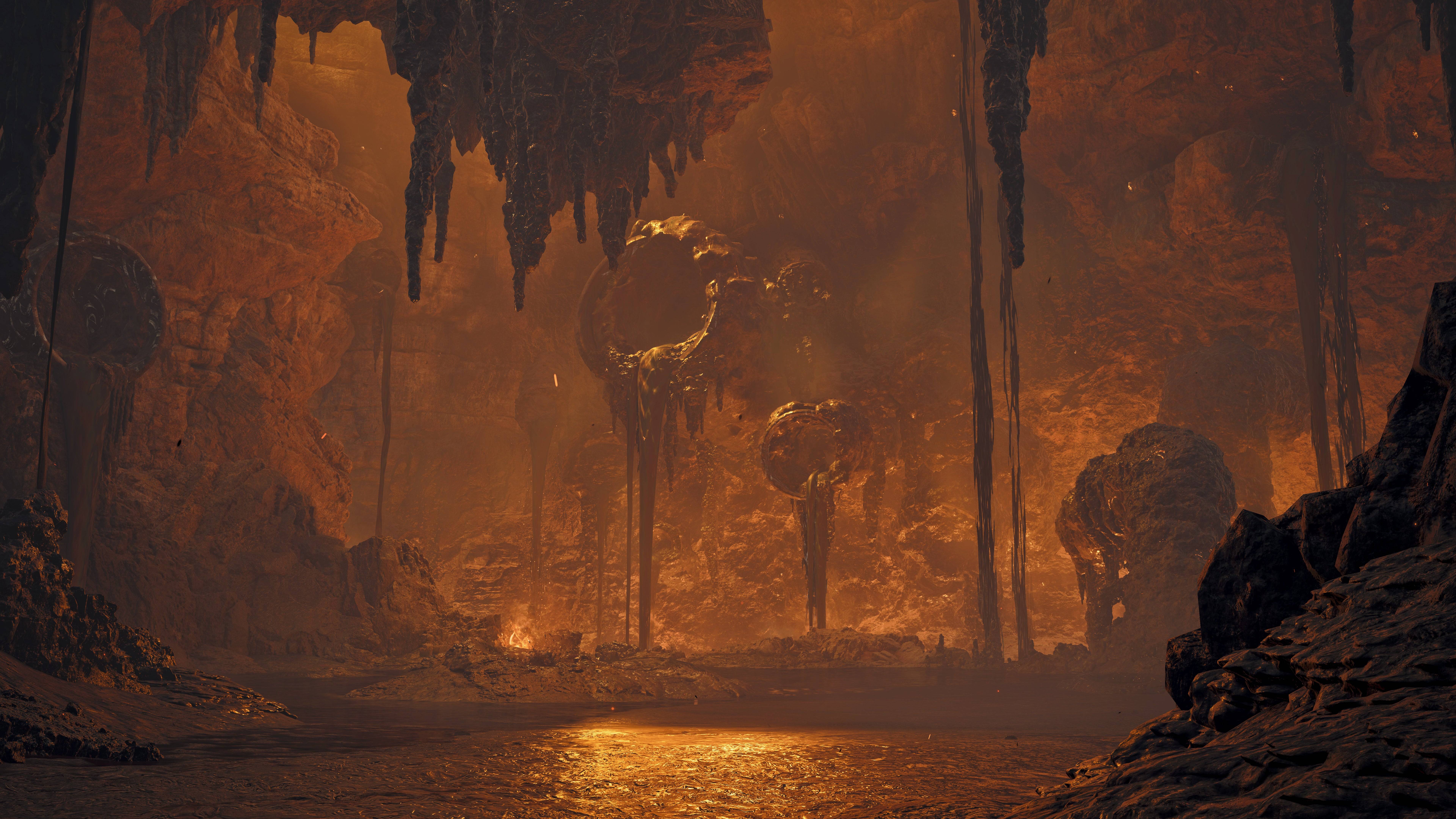

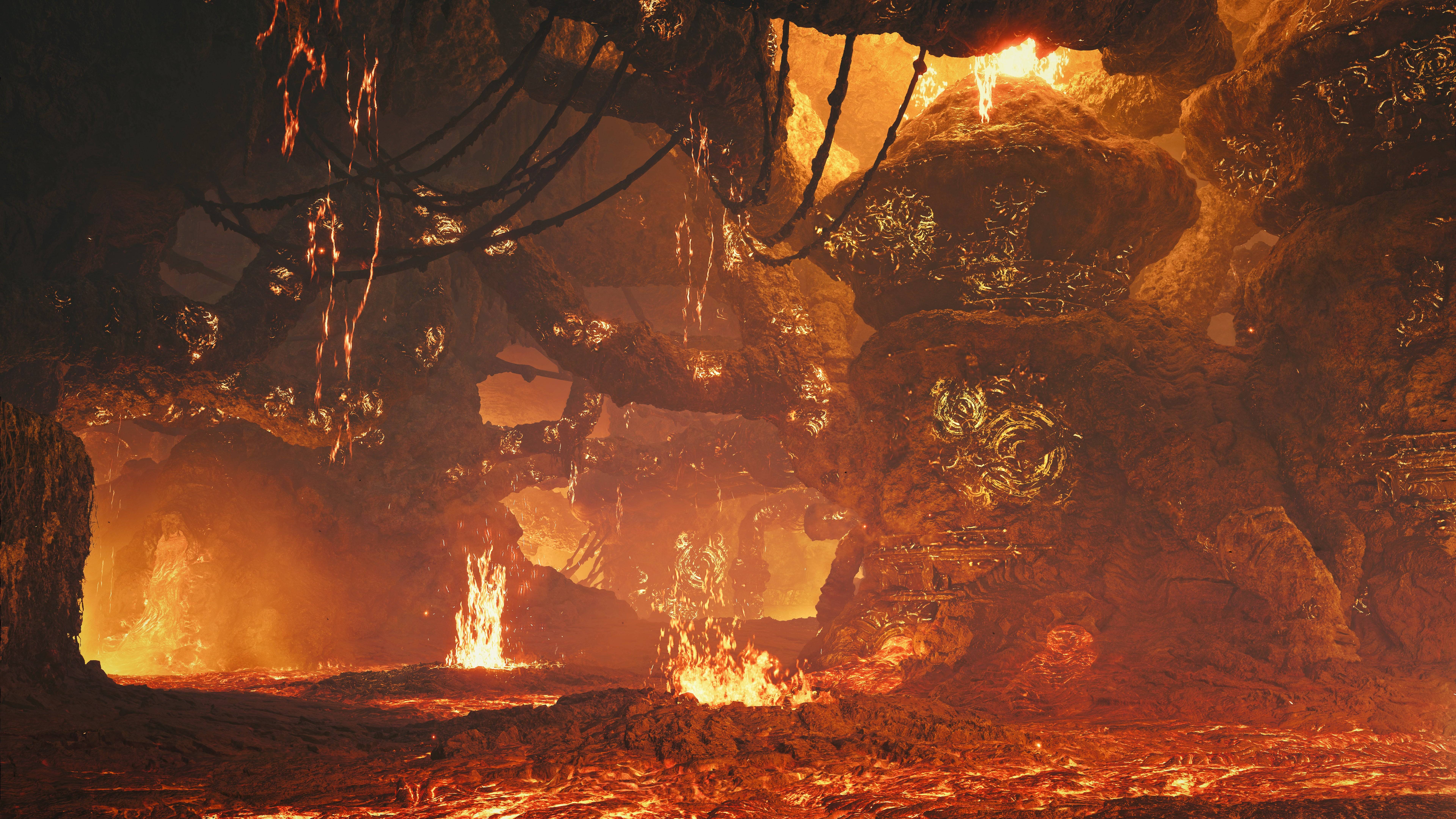
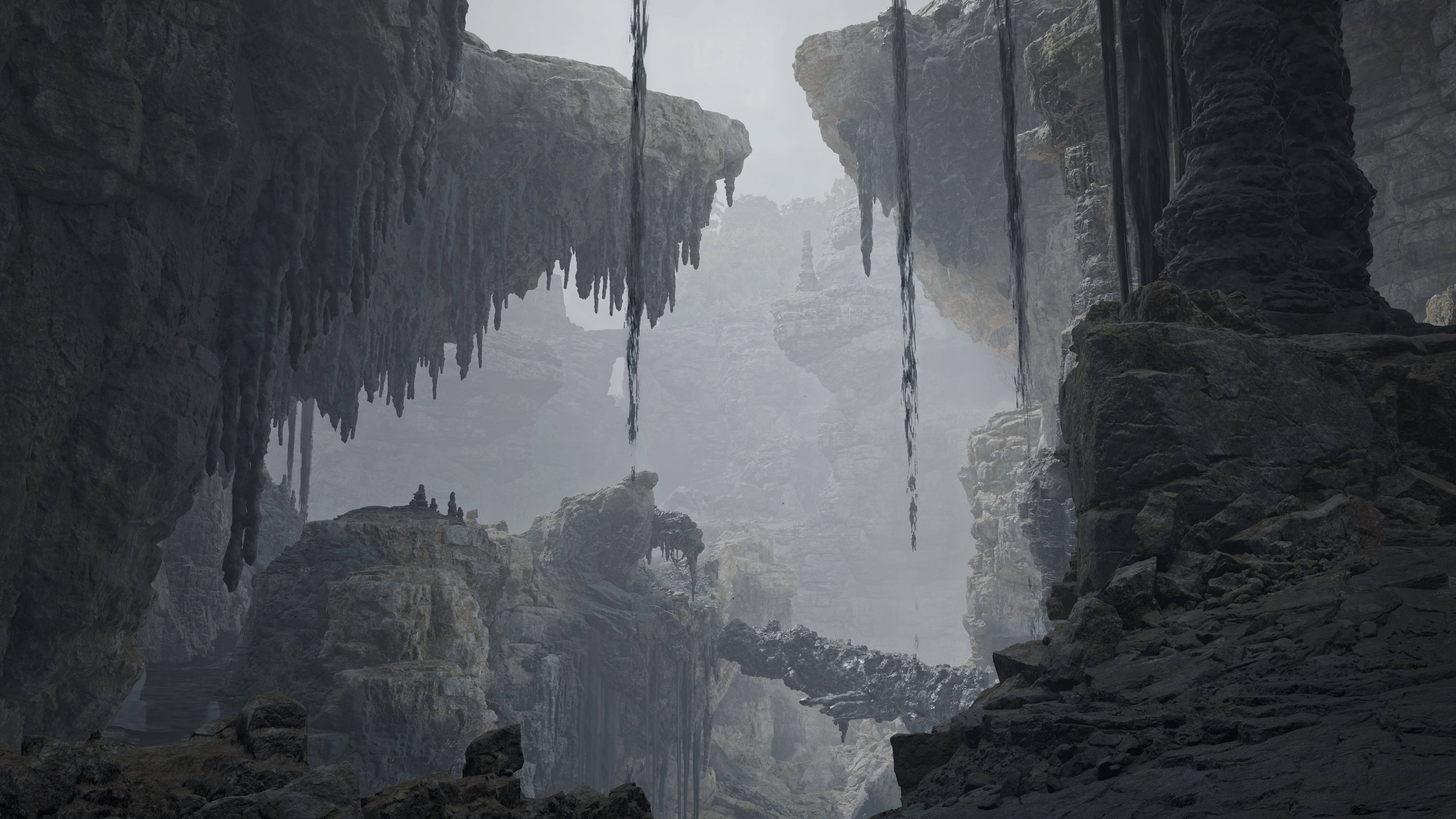 During our discussion, we delved into the concept and development of various weapons, uncovering new details about those of particular interest to players. We also learned about the adjustments made following feedback from the November 2024 Open Beta Test.
During our discussion, we delved into the concept and development of various weapons, uncovering new details about those of particular interest to players. We also learned about the adjustments made following feedback from the November 2024 Open Beta Test.
Adjustments for a Seamless World
Tokuda explained that significant changes were necessary for several weapons due to the game's new seamless map and dynamic weather conditions. He highlighted major updates to the Light and Heavy Bowguns, as well as the Bow.
"In previous Monster Hunter titles, players returned to base to replenish resources after each quest. In Wilds, we wanted to eliminate this need, creating a seamless play experience," Tokuda said. "Ranged weapons, which rely on consumable ammo and coatings, posed a challenge in this new environment."
To address this, Tokuda noted, "We designed basic damage sources for Bowguns and Bows to be usable without expending resources. Normal, pierce, and spread ammo for Bowguns, and coatings for Bows, can now be used unlimited times while managing a gauge. Additionally, players can still use prepared or field-gathered materials to create powerful attribute-enhanced ammo."
Fujioka added that these changes extended beyond mechanics into visual design. "We aimed to enhance the visual clarity of actions like charging a Bowgun for a special shot, making the cancellation of a monster's attack look convincing and immediate," he explained. Advances in technology have allowed for more detailed animations, enhancing the overall experience.
Tokuda emphasized the importance of natural weapon use in various situations. "Our goal was to ensure players can use weapons intuitively, even when unable to make inputs," he said. This includes smoother transitions between actions, such as healing while moving, thanks to improved animation capabilities.
Fujioka discussed the new Focus Mode, a feature designed to allow continuous attacks while moving slightly off-center from the target. "We wanted to enable players to execute the gameplay they envision," he said. "Recent technological advancements have allowed us to better meet players' desires for real-time action."
Focus Strikes
A significant addition to Wilds is the wound system, allowing hunters to inflict wounds on monsters by targeting specific areas repeatedly. Tokuda explained, "Focus Strikes in Focus Mode enable massive damage to wounded monsters. Each weapon type has unique animations, such as acrobatic maneuvers with dual blades, which may give the impression of differing abilities."
However, Tokuda clarified, "While we wanted to showcase each weapon's uniqueness through animations, the open beta test revealed some imbalances. We're tuning the weapons for the official release to standardize their effectiveness while maintaining their personality."
The wound system introduces strategic options for hunters. For instance, attacking a monster's head with a hammer can create a wound, which can then be exploited with a Focus Strike. However, this wound turns into a scar, preventing further wounds at that location. As players progress, they'll discover environmental interactions that can lead to unexpected scars.
Tokuda added, "Monsters can have pre-existing wounds due to turf wars in the locale, offering hunters strategic advantages and potential additional rewards, including gems."
With the introduction of Focus Mode and wounds, the game now allows for more impactful attacks. Tokuda mentioned, "Monster health and toughness were adjusted to maintain appropriate playtimes and player satisfaction, ensuring hunts remain engaging without becoming tedious."
The Tempo of the Great Sword
Tuning the 14 weapon types requires extensive development work. Tokuda revealed, "We have about six planners overseeing multiple weapon types, along with artists and animation designers, to refine weapon actions and visuals. We start with the Great Sword as a prototype, then apply learned insights to other weapons."
Fujioka highlighted the Great Sword's role in animation development. "The Great Sword's tempo sets a standard for other weapons," he said. "Creating a fun experience with its weight helps us design faster-paced weapons while maintaining the Monster Hunter feel."
Weapons with Personality
Every hunter has a preferred weapon, and the developers aim to enhance each weapon's unique traits. Fujioka stated, "We focus on designing what makes each weapon unique rather than making them equally easy to use. However, we ensure players can enjoy the intended gaming experience."
Tokuda exemplified this with the Hunting Horn. "We wanted it to deal damage effectively in its optimal range, using elements like the Echo Bubble to control the area," he said. "We aim to leverage each weapon's distinct characteristics rather than just focusing on damage output."
With the ability to carry two weapons in Wilds, the developers are balancing the Hunting Horn to ensure it's not the only viable secondary weapon. "We're tuning it to make self-buffs worthwhile but not overly dominant," Tokuda explained.
The developers acknowledge that certain weapons will perform better against specific monsters. "We want to avoid a single build being universally efficient," Fujioka said. "We aim to preserve the uniqueness of each weapon and monster, even as players narrow their focus in the endgame."
Build Your Own Skills
Regarding endgame content, Tokuda discussed the decoration system, which impacts skill builds. "Decorations in Wilds are similar to World's system, with skills activated by placing them in weapon or armor slots," he explained. "Players can now craft single-skill decorations through alchemy, ensuring they can access any skill they need."
Fujioka shared his personal experience with World, noting, "I never got the Shield Jewel 2, so I couldn't complete my build."
When asked about their favorite weapons, Tokuda mentioned using long-range weapons like the Heavy and Light Bowguns, and the adaptable Sword and Shield. He looks forward to trying all weapons post-release. Fujioka, a Lance enthusiast, praised the weapon's new positioning capabilities in Wilds.
During the open beta, the Lance received significant feedback. Tokuda admitted, "The Lance didn't fully embody its concept. We intended for players to guard and counterattack dynamically, but there were issues with timing and action execution. We're making major improvements for the release version."
The developers continue to refine Monster Hunter Wilds, driven by player feedback and their passion for the series. Their dedication ensures that the game remains a standout in the action genre, fueled by both player enthusiasm and developer innovation.
For more insights, watch the official community update video where Tokuda discusses performance enhancements and detailed weapon changes.
-
1

GTA 6 Set for Fall 2025 Release, CEO Confirms
Apr 03,2025
-
2

First ALGS in Asia Emerges in Japan
Jan 19,2025
-
3
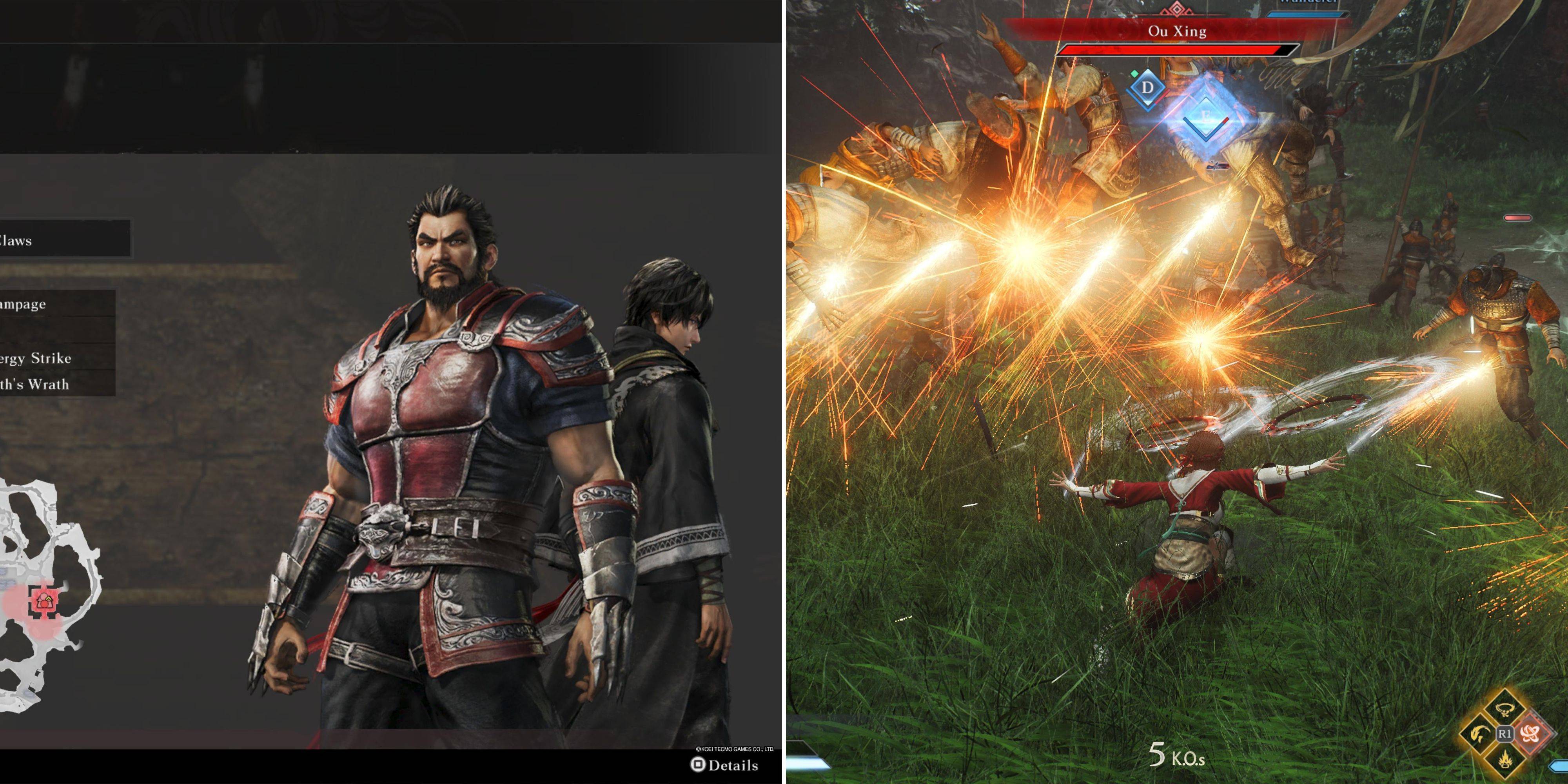
Introducing the Ultimate Guide to Seamless Character Swapping in Dynasty Warriors: Origins
Feb 25,2025
-
4
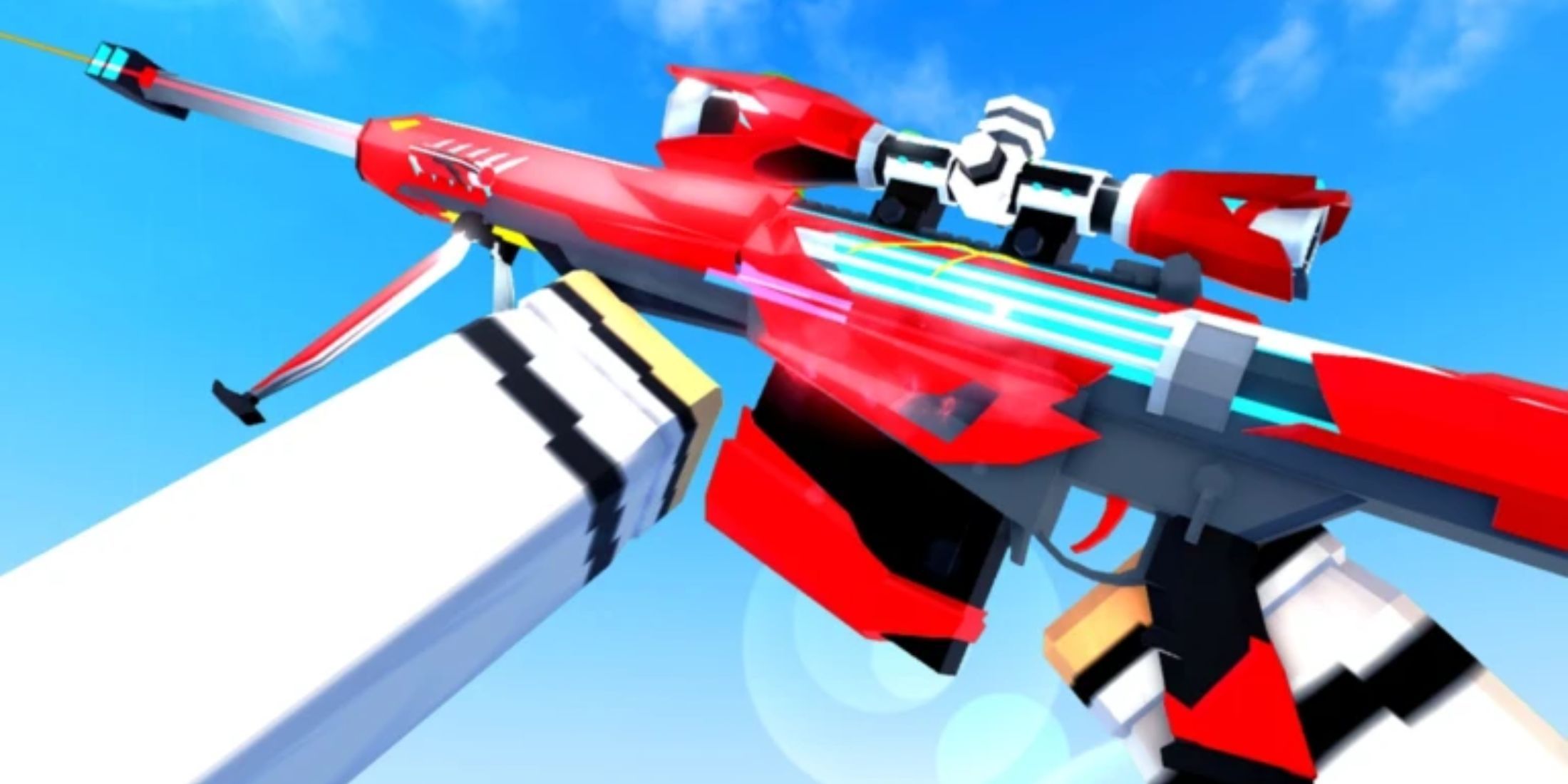
Roblox: CrossBlox Codes (January 2025)
Mar 04,2025
-
5
![Roblox Forsaken Characters Tier List [UPDATED] (2025)](https://img.jdzca.com/uploads/18/17380116246797f3e8a8a39.jpg)
Roblox Forsaken Characters Tier List [UPDATED] (2025)
Mar 05,2025
-
6
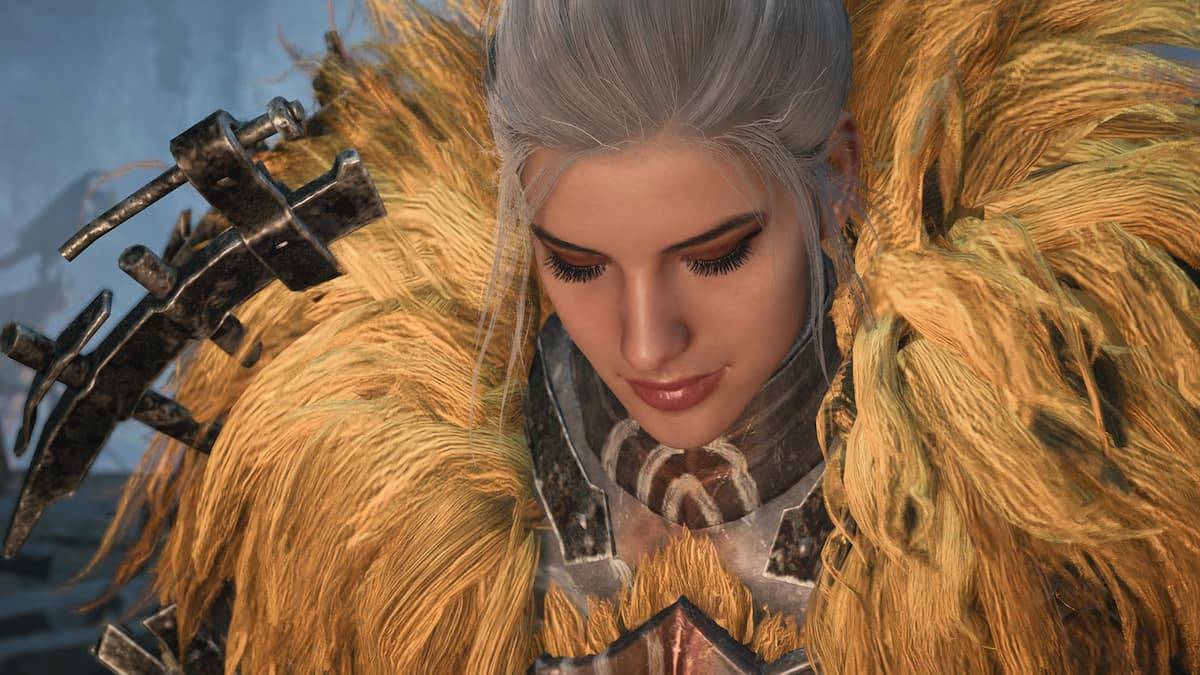
Max Hunter Rank in Monster Hunter Wilds: Tips to Increase
Apr 04,2025
-
7
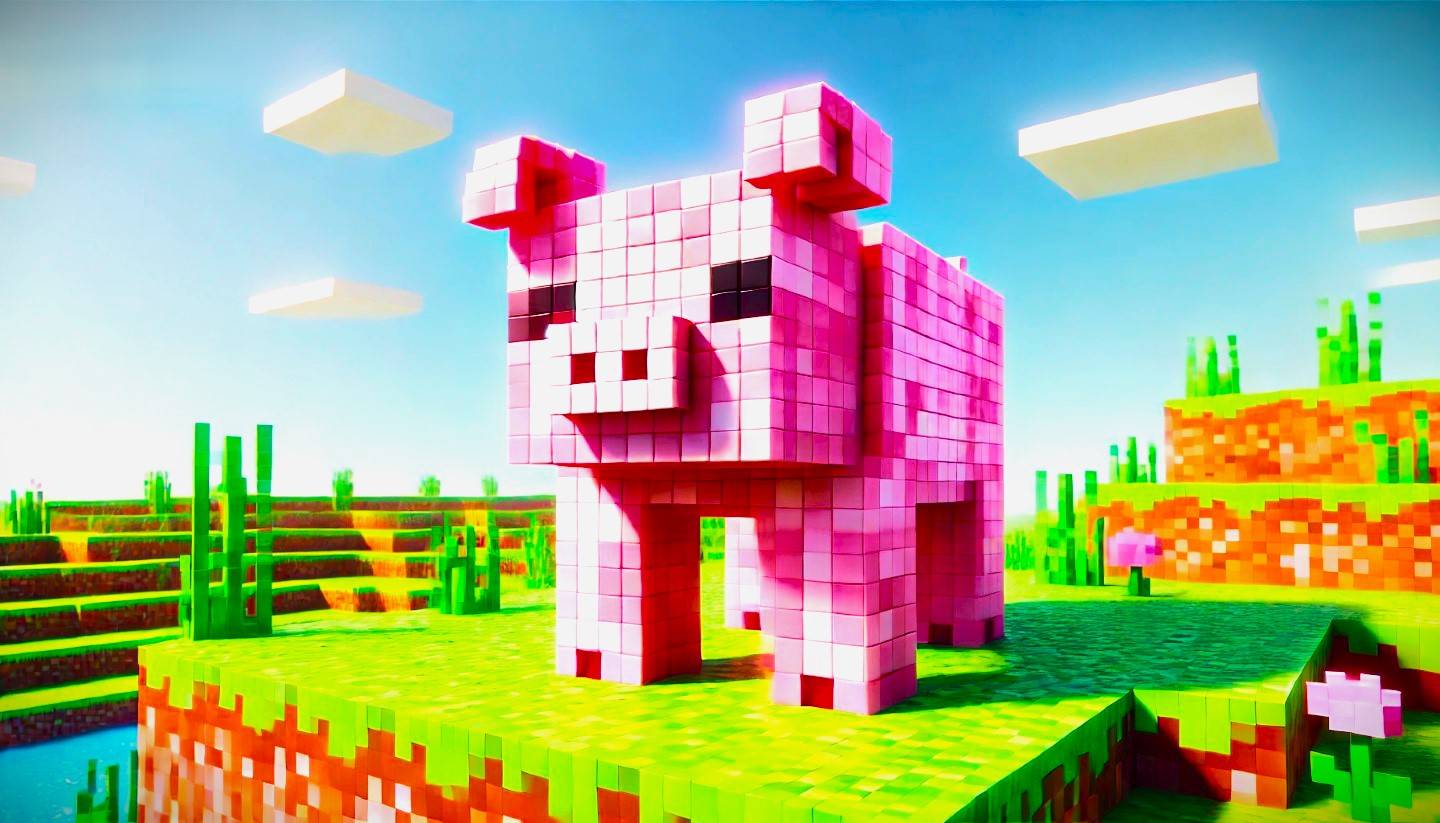
Cute mobs in Minecraft: pink pigs and why they are needed
Mar 06,2025
-
8

Capcom Spotlight Feb 2025 Showcases Monster Hunter Wilds, Onimusha and More
Apr 01,2025
-
9
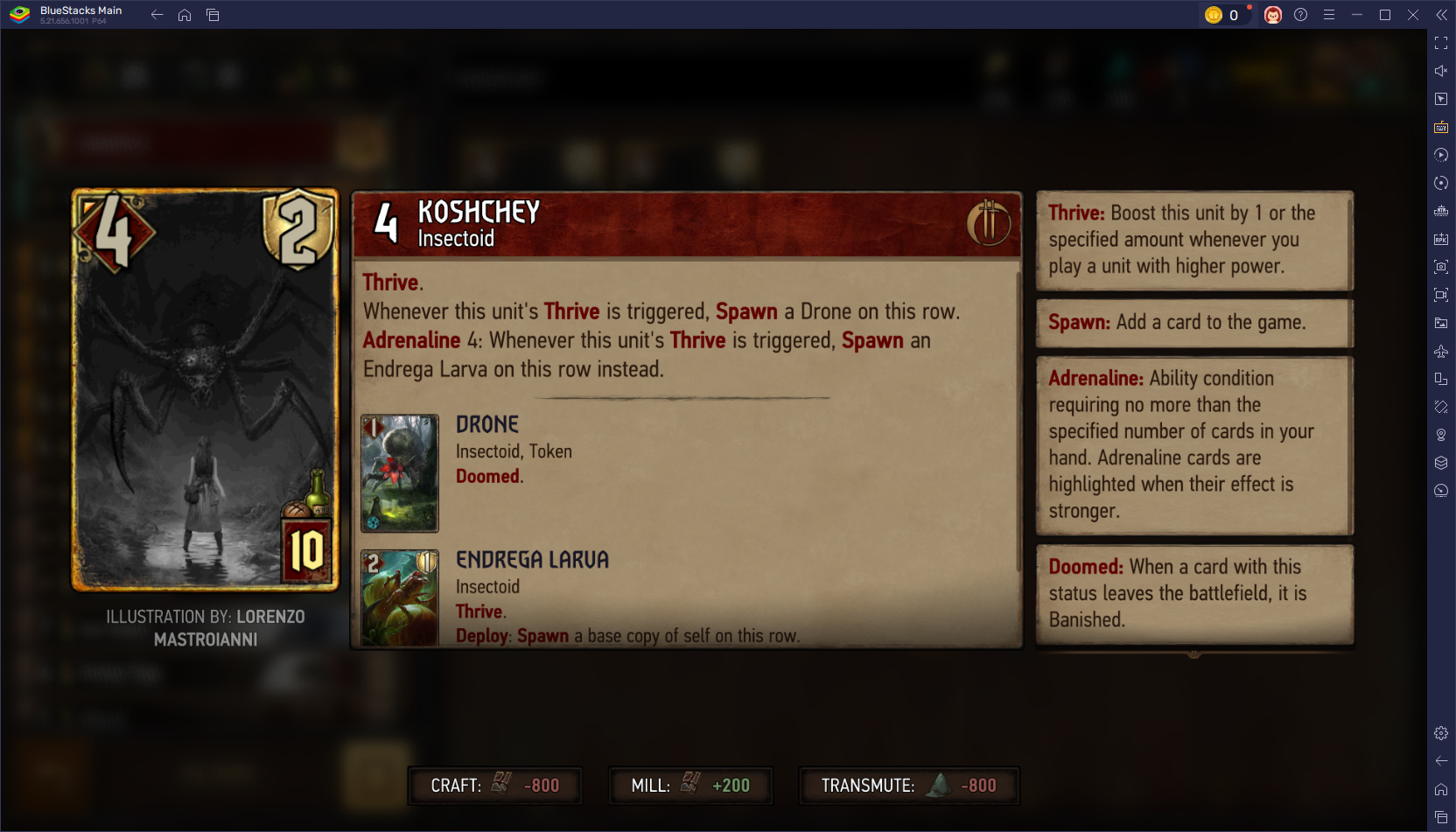
Gwent: Top 5 Witcher Decks (2025 Update)
Mar 13,2025
-
10
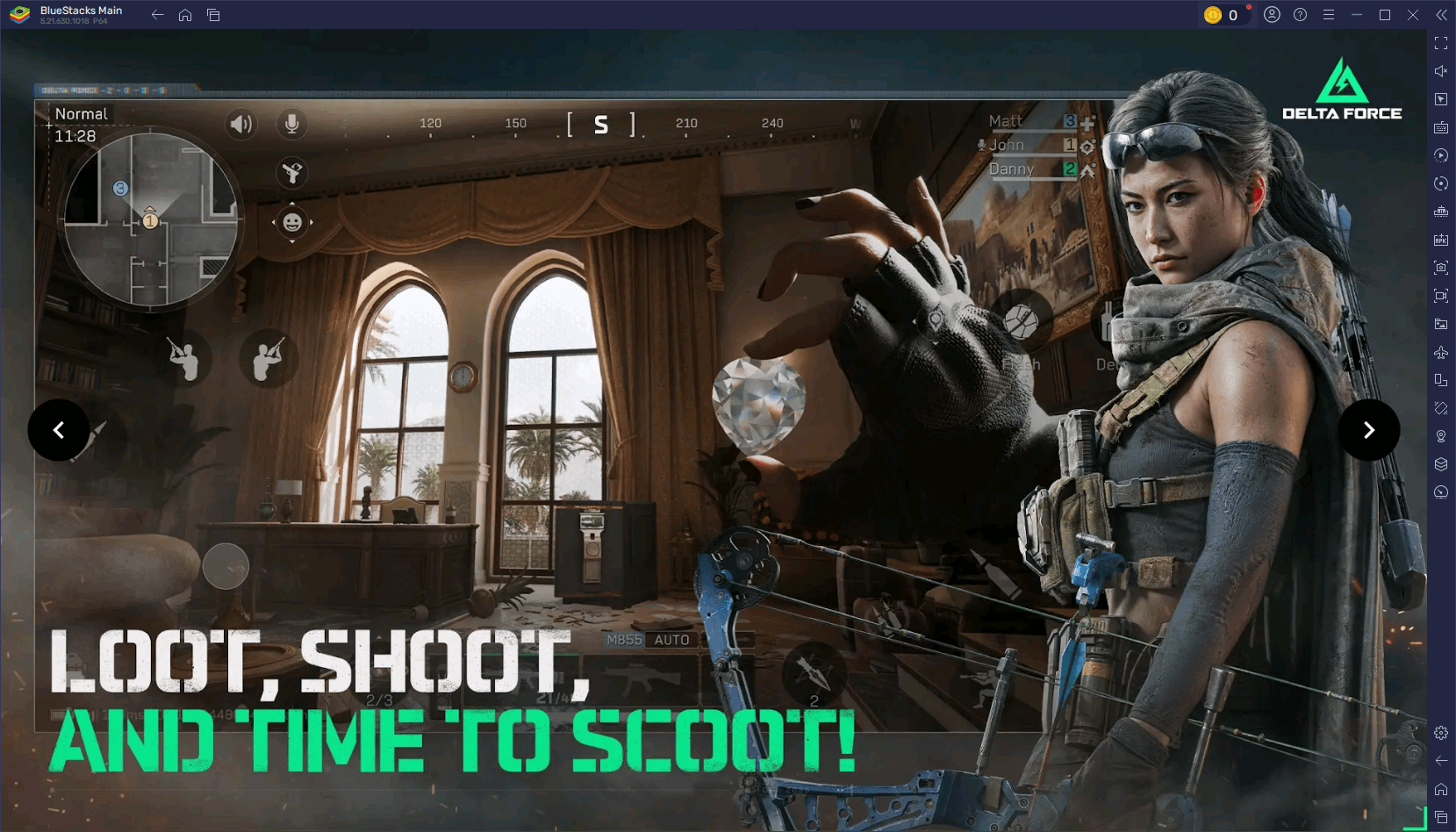
Delta Force Mobile: Beginner's Guide to Getting Started
Apr 23,2025
-
Download

Portrait Sketch
Photography / 37.12M
Update: Dec 17,2024
-
Download

Friendship with Benefits
Casual / 150.32M
Update: Dec 13,2024
-
Download
![[NSFW 18+] Sissy Trainer](https://img.jdzca.com/uploads/16/1719638919667f9b874d57e.png)
[NSFW 18+] Sissy Trainer
Casual / 36.00M
Update: Dec 11,2024
-
4
F.I.L.F. 2
-
5
슬롯 마카오 카지노 - 정말 재미나는 리얼 슬롯머신
-
6
Pocket Touch Simulation! for
-
7
Shuffles by Pinterest
-
8
Life with a College Girl
-
9
Chubby Story [v1.4.2] (Localizations)
-
10
Hunter Akuna














